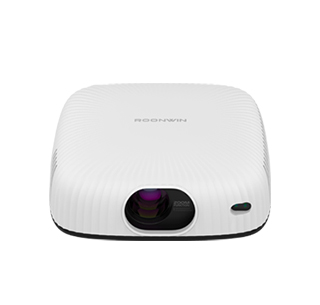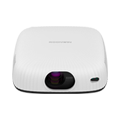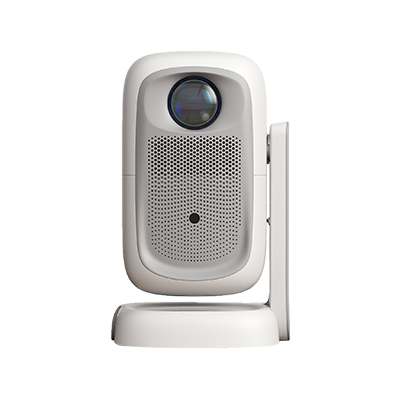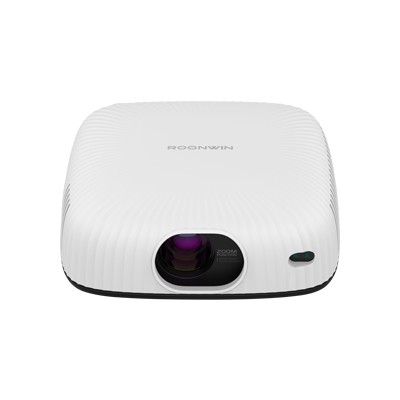
It may seem counterintuitive that a 4K projector, which is supposed to offer a higher resolution and more detail, could appear less clear than a 1080p projector in some cases. However, several factors can contribute to this phenomenon.
Pixel - Shifting Technology
Many affordable 4K projectors use pixel - shifting technology to achieve the 4K resolution. Pixel - shifting works by rapidly moving the pixels within the projector's imaging device to create the illusion of a higher - resolution image. While this can effectively increase the perceived resolution, it may not be as precise as a true native 4K projector. In some cases, the pixel - shifting process can introduce a slight blurriness or a lack of sharpness, especially when compared to a high - quality 1080p projector with a well - defined pixel structure.
Lens Quality
The quality of the projector's lens is crucial for image clarity. A poor - quality lens in a 4K projector can distort the image, cause chromatic aberration (color fringing around the edges of objects), or have a limited ability to resolve fine details. Even though the projector has a high - resolution imaging device, if the lens cannot accurately project the image onto the screen, the overall clarity will be compromised. In contrast, a 1080p projector with a well - designed and high - quality lens may be able to produce a more focused and clear image.
Content Source and Upscaling
If the content you are projecting is not in 4K, the projector has to upscale it to fit the 4K resolution. Upscaling is the process of increasing the number of pixels in a lower - resolution image to match the higher resolution of the projector. However, not all upscaling algorithms are created equal. Some budget 4K projectors may have sub - par upscaling capabilities, which can result in a less - than - optimal image quality. The upscaled image may look soft, with details that are not as well - defined as they would be if the content was originally in 4K. On the other hand, a 1080p projector is designed to display 1080p content natively, and if the content is of high quality, it can look very clear without the need for complex upscaling.
Viewing Environment
The viewing environment can also impact the perceived clarity of the projector. A 4K projector, with its higher resolution, may be more sensitive to ambient light. If the room is too bright, the extra detail in the 4K image may be washed out, making the image appear less clear. In a less - than - ideal viewing environment, a 1080p projector, which may have a lower pixel density and thus be less affected by light interference in some cases, could potentially provide a more visible and seemingly clearer image.
Read recommendations:
HN30B Portable - HN Series Projector
Parameters of Projector Screens
Compact Home theater Projector OEM




















 Reviewed:
Reviewed:











